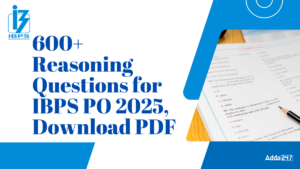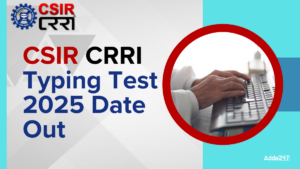This year has been a season of putting banks under Prompt Corrective Action (PCA) category. The RBI had revised the PCA framework on 13 April 2017. Since then, 10 Public Sector banks have been put under PCA category till date. The Reserve Bank of India (RBI) had clarified that prompt corrective action (PCA) is aimed at improving banks’ health and asked the public to continue their banking relations with lenders placed under PCA. The RBI’s clarification comes in the wake of misinformation about the PCA framework, with messages asking people to withdraw their deposits and warning against opening new fixed deposits.
Now the big question comes ‘Is this the end of recruitment in Banks?’ Well PCA is not the villain as it looks. It is introduced on the banks in its favour so that the particular bank can come over its NPAs, bad loans, risks and losses that it had incurred over the period of time. Once it recovers the losses, it will be soon removed from PCA. The Indian government is already making so many policies and introducing bills to improve the health of the public sector banks. Most importantly, it is not possible to manage the accounts, loans, commercial business, etc in a bank without the supply of manpower in the banks. So, students, you need not get so much worried about the vacancies in the banking sector. Now if the question comes to your mind regarding the number of vacancies in the banks, so it may get decreased. But what is your control on it? Being an aspirant one should not cry and mumble on his fate, but to rise up quickly and smartly take the opportunity and complete it with his success. With the limited number of seats, the competition will undoubtedly increase, so you need to keep your preparation a cut above.
Once PCA is triggered by the regulator, the bank faces restrictions on spending money on opening branches, recruiting staff and giving increments to employees. Further, the bank can disburse loans only to those companies whose borrowing is above investment grades. Till date, there are 10 public sector banks that have come under PCA viz. United Bank of India, Bank of India, Corporation Bank, Oriental Bank of Commerce, Dena Bank, Central Bank of India, IDBI Bank, Indian Overseas Bank, Bank of Maharashtra and UCO Bank.
The Reserve Bank has specified certain regulatory trigger points, as a part of prompt corrective action (PCA) Framework, in terms of three parameters, i.e. Capital to Risk-Weighted Assets Ratio (CRAR), net Non-Performing Assets (NPA) and Return on Assets (RoA), for initiation of certain structured and discretionary actions in respect of banks hitting such trigger points. The PCA framework is applicable only to commercial banks and not extended to co-operative banks, non-banking financial companies (NBFCs) and FMIs.
As part of the new rules disclosed on April 13, 2017, the RBI defined three risk thresholds for key indicators such as NPAs and linked specific corrective measures to each threshold. Banks with a net NPA ratio of 6-9 percent will fall under risk category 1. Lenders with net NPAs between 9-12 percent of all loans fall into the second risk category, while those with a net NPA ratio above 12 percent fall into the third category.
So, this was the complete coverage on the NPAs and its impact on banks. Keep your preparations going with improved pace and positive approach.
All the best for your All the Exams!!!!!!!!





 600+ Reasoning Questions for IBPS PO 202...
600+ Reasoning Questions for IBPS PO 202...
 Weekly Current Affairs One Liners 23rd t...
Weekly Current Affairs One Liners 23rd t...
 CSIR CRRI Typing Test 2025 Date for JSA ...
CSIR CRRI Typing Test 2025 Date for JSA ...


